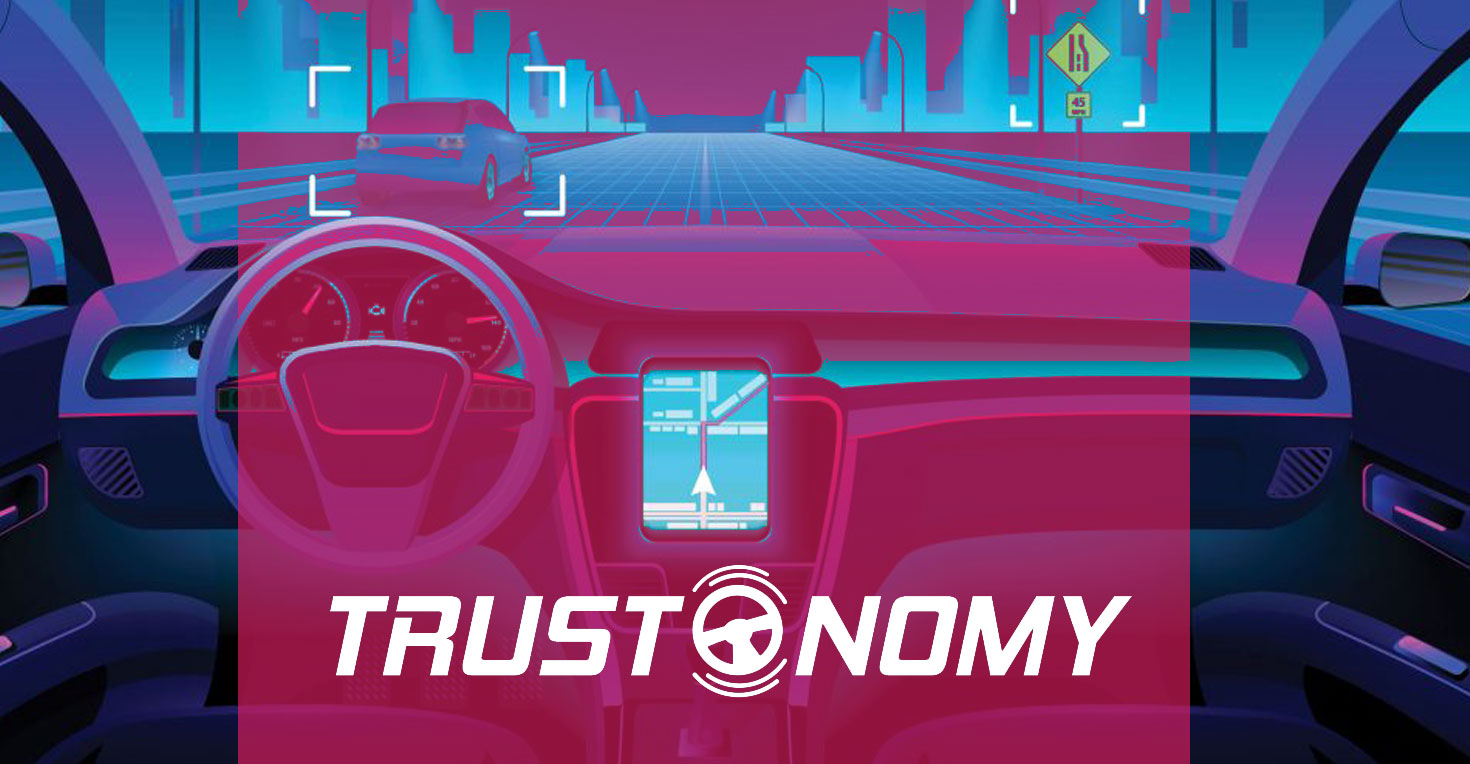Trustonomy has recently released a first public document on its “Operational Context Analysis”.
The idea of a car that can drive by itself has been around for a long time. In 1939, General Motors (GM) was already displaying its Futurama exhibit, a city where cars drove themselves across automated highway tracks.
Since then, so many things have changed and improved and nowadays several companies are investing heavily in AVs.
The document analyses the overall operational context of automated driving, including regulatory frameworks, operational barriers, existing solutions and expected trends, both at technological and market levels, setting up the stage of the Trustonomy project whose vision is to raise the safety, trust, and acceptance of automated vehicles by helping to address the corresponding technical and non-technical challenges.
Also, a brief recall of the key objectives of the project is given along with its seven pillars: a methodological framework for the operational assessment of driver monitoring systems; a methodological framework for the operational assessment of various human-machine interface designs; an ethical automated-decision-support framework, covering liability concerns and risk assessment; novel driver training curricula for human drivers of automatic driving systems; a framework for driver intervention performance assessment, covering a set of widely acceptable methods; simulations and field trials of human drivers of automated driving systems to assess performance, trust and acceptance; and, the provision of policy recommendations and contributions to standards.
The document is available for free download here


